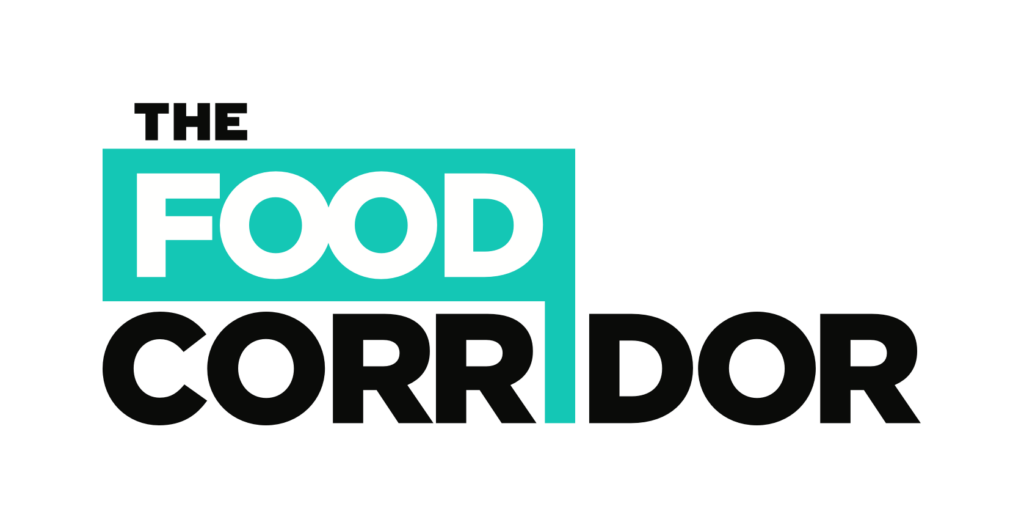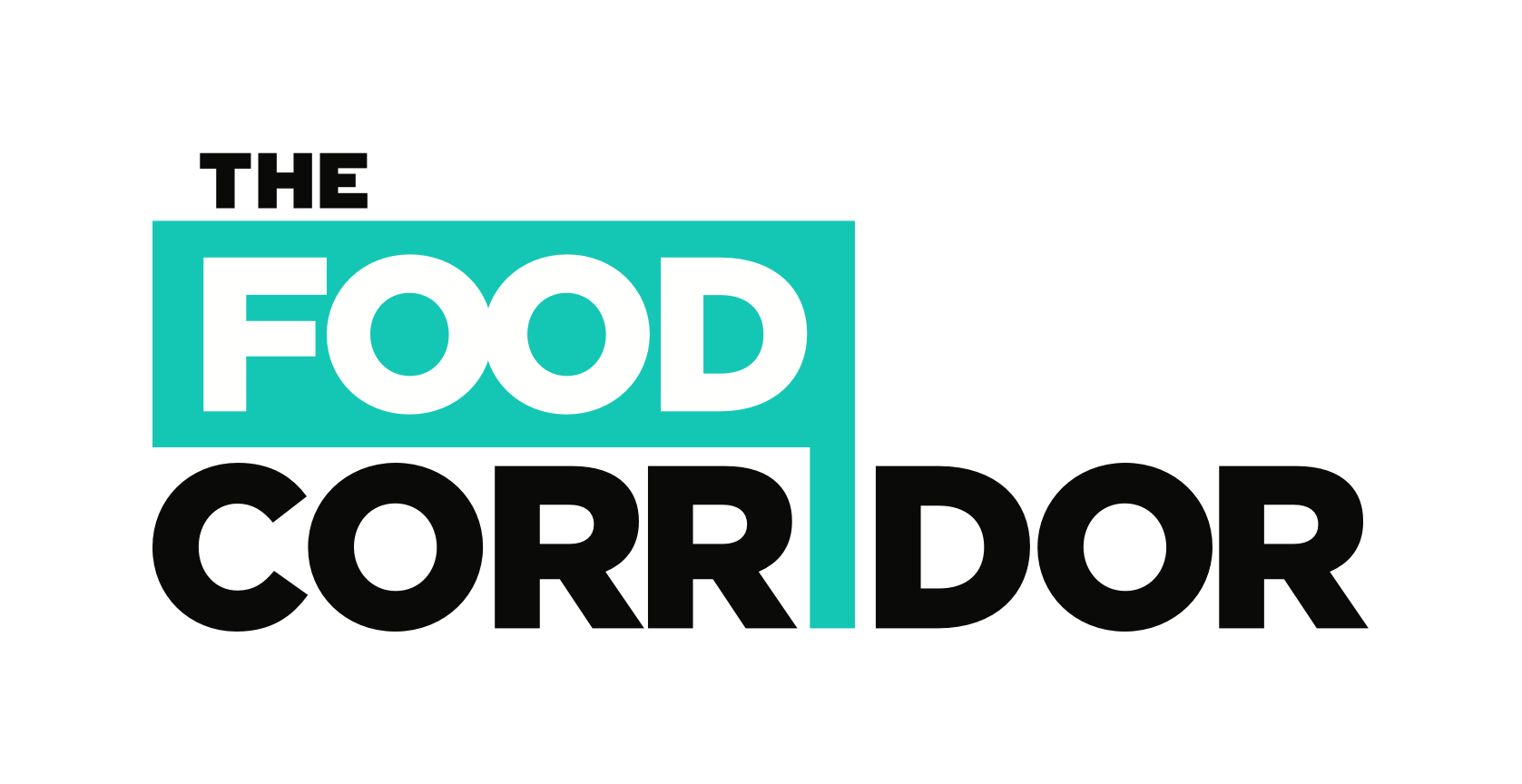Most people are good at coming up with exciting ideas, but few actually follow through and make them a reality. The best way to ensure that you don’t lose momentum as you turn your shared kitchen dreams into reality is to plan rigorously and make sure you have all of the resources that you need to overcome the inevitable hurdles.
There’s a bunch of research that needs to be done including market analysis, running revenue numbers, looking at facility design, and carrying out feasibility studies, among many other tasks.
It surely can be overwhelming to know where to begin, so we decided to draw up a guide for all the essential resources you’ll need when planning a shared kitchen opening.
Below are the must-read resources you’ll need from day one, based on our extensive experience helping entrepreneurs design and run a host of different commissary, community, and ghost kitchens.
Essential Resources For Your Shared Kitchen Opening
While this list aims to cover the essentials, of course, there is always more to be found, and you’ll need more specific resources if you’re planning something niche. This list is a great jumping-off point for your research – sure to lead you down many rabbit holes of information as you explore your idea further.
The Shared-Use Kitchen Toolkit
We wrote a cover-all kitchen toolkit with Purdue University as a reference for anyone planning, building, and running a shared-use kitchen.
The Shared Kitchen Toolkit is available as a 166-page downloadable PDF via The Food Corridor’s Resources Page. It covers every aspect of the process of ideation, planning, development, building, and running a shared kitchen facility.
Given its length and level of detail, you might not be able to get through it all right away. But chapters 6, 7, and 8 – on financial planning, facility design and development, and brand and marketing strategy – are particularly helpful for those making initial plans for a shared kitchen business.
Here’s what you can expect to learn from those chapters:
- Chapter 6: The importance of diligent financial planning and tips on how to create financial forecasts.
- Chapter 7: An overview of potential sources of funding including government grants, loans, investments, crowdfunding, and sponsorship.
- Chapter 8: Strategies and tips for successful marketing campaigns for your shared kitchen.
Shared Kitchen Feasibility Studies and Market Analysis
For most people, the fun part of planning a new venture is dreaming about all the specialist equipment and interesting food businesses you’ll be dealing with. But the reality is that before you get to all of that, you have to thoroughly analyze your market and the feasibility of your project.
A feasibility study is a detailed assessment of the likely success of the proposed project. By looking at the potential strengths, weaknesses, risks, opportunities, and threats to the idea – but also the resources needed to pull it off, and the ultimate likelihood of success, given all these factors – a feasibility study gives you an objective and rational look at the costs and benefits of your proposed kitchen business.
Furthermore, understanding your market and your unique position in that market is key. Conducting a market analysis to consider your potential customers’ demands, use cases, trends, and likelihood for success, given the larger industry and market forces at play, helps you position your kitchen business accordingly.
Not only are these great tools to show investors the benefits of your project and how serious you are about making it work, but they also provide you with objectivity in a process that is often driven by emotions and personal ambitions.
Read the Market Analysis 2.0, Fork Food Lab
Shared Kitchen Industry Reports
Staying up to date with the latest trends and news in the industry will help you to network with other businesses and be ready to adapt and pivot in order to capture changing market demand.
Our two latest reports provide the latest tips and tricks for staying ahead of the game.
The 2021 Shared Kitchen Industry Report is our second annual report into the state of the industry. It details the opportunities and challenges facing shared kitchens and is intended for current and aspiring shared kitchen operators as well as industry leaders in the food business and public sectors.
The purpose of the report is to provide strategic data to give you a competitive advantage. The price tag of $199 gives you an indication of the value of the report to industry insiders. You can read more and purchase the report here.
Our newest Food Business Demand Trends Report takes data from The Kitchen Door, a search engine and directory for shared kitchen operators to advertise their kitchens – and for food businesses to find them.
The report provides a unique look into what potential tenants are searching for, how successful they are at finding what they want, and how kitchens support new food businesses, among many other insights. It also includes actionable resources you can implement right away when you open, including a kitchen application template to use when you recruit and evaluate prospective food business clients.
At $149, it could be a wise investment for anyone who is serious about looking into the data surrounding the demand side of the industry. You can use this report to ensure that you’re providing the right equipment and services for the leads in your market. The critical insights will help you target the right audience to attract quality leads and build a thriving business from the get go. Find out more and purchase the report.
The Shared Kitchen Hubsizer
An important part of any shared kitchen project comes when you are looking at potential homes for your kitchen. The physical space you occupy is a permanent feature that will affect a multitude of decisions for years to come. So you better get it right!
Although you can never know for sure how a space will work until you’ve settled in, there are tools available to help you make the best decision possible, taking into account factors you might not have considered.
New Venture’s Shared Kitchen Hubsizer enables you to assess the potential of a space to be used as a shared kitchen. All you have to do is plug in the details – like the square footage, size of workstations, estimated hourly rate, for example – into the form and it tells you how suitable your space is.
A detailed report gives you an idea of how many tenants the space can realistically handle, what monthly fees you could charge, and more. You can then go back and adjust your inputs to figure out the ideal configuration of your kitchen in the space.
Financial Analysis
One of the most important aspects of your business planning is your finances. Whether you’re funding the business from savings, looking to take out a loan, or trying to attract investors, you’ll need an accurate estimate of how much the project will cost, and the potential returns it could generate.
Oklahoma State University’s financial analysis model is a series of spreadsheets that allows you to generate complex financial reports by inputting your own figures. The Building and Operating a Kitchen tool can be downloaded here.
The comprehensive financial planning tool takes you through every stage of the process from costing the plant, property, and equipment to production assumptions, through to generating a profit/loss summary and return on investment projection.
Here’s the City Kitchen Analysis carried out by the local government in Denver which you may find useful as an example.
Food Incubation Summit Sessions
September 2021 saw the return of the Food Incubation Summit, a virtual gathering of leaders, movers, and shakers in the shared kitchen economy. The summit had two sessions specifically focused on planning and opening shared kitchens, offering newbies invaluable insight from several kitchen operators who had been through the process already.
The session, named From Dream to Opening a Kitchen Door: Lessons Learned from Those That Have Done It, featured Bailey Foster of Real Good Kitchen, among others, who tells the story of her journey opening a kitchen in Knoxville in early 2021. Coming from San Francisco, she had witnessed the success of San Fran shared commercial kitchen La Cocina and found, on returning to Knoxville, that there was no shared kitchen space available.

“I think the most important thing to start with is serving stakeholders in a formal or informal market analysis, which is really where I started,” she says, adding, “I did a lot of research on my own, a lot of interactions with Food Corridor resources as well as kitchens in our region and around the country just trying to figure out what model made sense for the community.”
She goes on to say that the goal is, “really finding out what the needs and pain points are for existing businesses and potential new entrepreneurs in the community.”
Bailey concludes that, “The bottom line for any new business getting started is to find out what the needs are and make sure that what you’re building will add value to the community.”
Another session you’ll want to check out from the Food Incubation Summit poses the five key questions you need to consider when looking at a shared kitchen space for your venture.
The rapid-fire talk with shared kitchen design guru Sylvan Juarez, founder of design and development firm Cedar Street Creative, aims to help newbies avoid some of the common pitfalls others have fallen into.

He identifies the following questions as essential to answer before you commit to a lease:
- What type of infrastructure does the community need?
- What are the constraints of the space?
- How will each construction decision affect my operations?
- Have my consultants worked on comparable projects before?
- What are the landlord’s design and construction requirements?
All the summit sessions can be accessed on The Food Corridor, giving you excellent insight from the people who have been there and done it already.
Designing Food Facilities
The USDA’s January 2022 release of Designing Food Facilities introduced a booklet series, offering guidance throughout the design process for new or renovated farmers markets, food hubs, community kitchens, or mixed-use facilities.
Designing Food Facilities consists of three documents, providing support and guidance throughout the design process. Some of the series offerings include stakeholder analyses pertaining to building farmers markets, food hubs, and shared kitchens and a determination of location checklist as a guideline for calculating viable locations. It takes a deep dive into planning and design topics such as project management, design elements of effective locations, and the five phases of the design process.
The complete series can be downloaded here:
Designing Food Facilities: Overview (pdf)
Designing Food Facilities: Planning (pdf)
Designing Food Facilities: Optimizing Form and Function (pdf)

Build on Solid Foundations with the Best Industry Resources
We hope you enjoy your journey exploring the wealth of information available. Remember, The Food Corridor has a permanent store of excellent resources available here, which is regularly updated with fresh reports and insights.
Taking the time to research, undertake studies, and plan for every eventuality – before a brick is laid, or a pan is heated – is the key to long-term success for any shared kitchen business. Good luck on your journey and we hope to be part of your success in the future.


